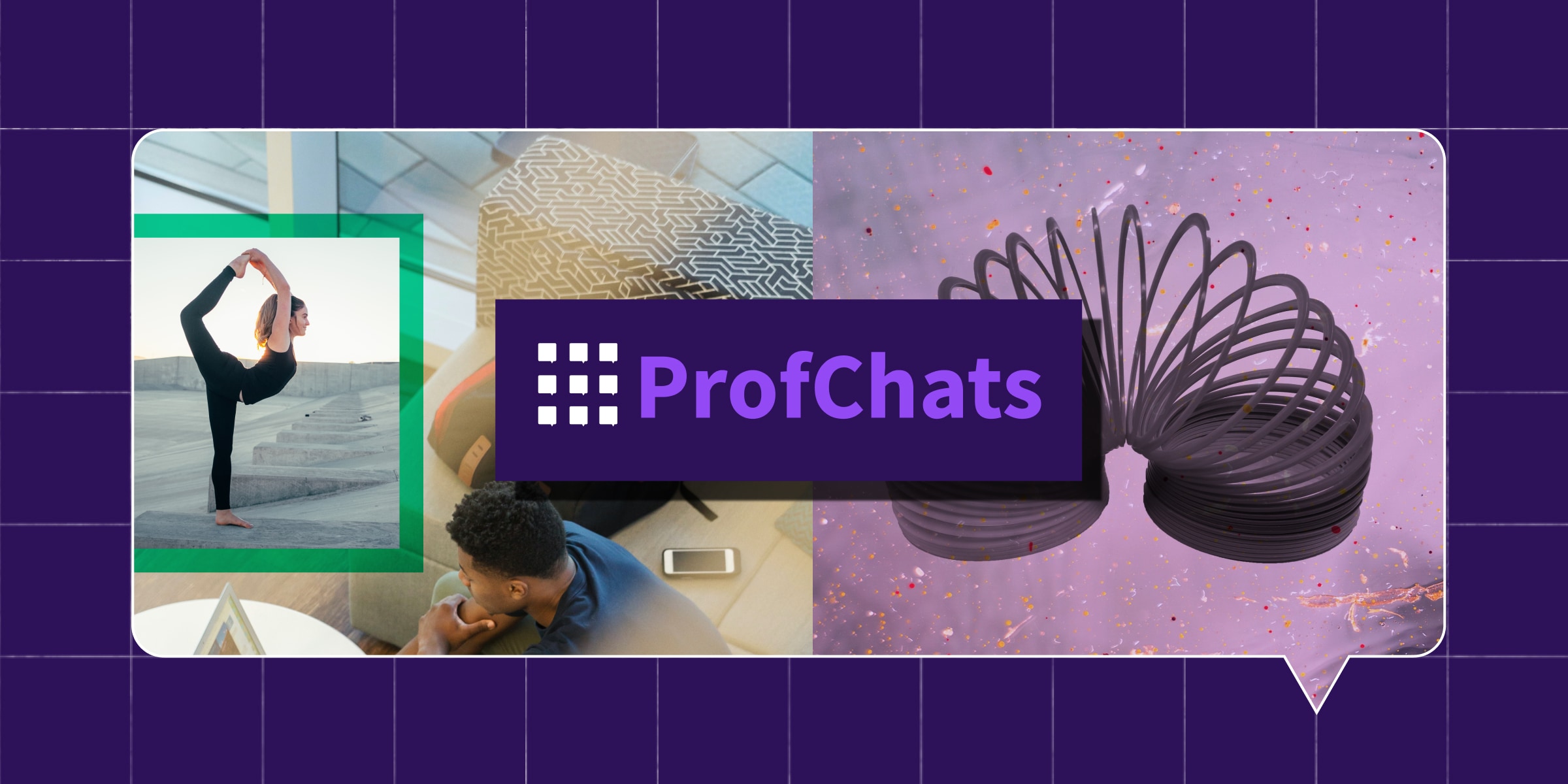In online classes, flexibility and empathy are crucial to ensuring students are able to show up to class each day, ready to learn. That’s easier said than done at the best of times, let alone when learning is taking place remotely. For many students, this means navigating part-time work and dealing with other responsibilities that make it harder to stick to rigid course and assignment schedules. So how are faculty managing? We asked nine educators how they ensure learning experiences are flexible and empathetic, to allow students to participate fully in their classes.
Top Hat’s 2021 Online Teaching Toolkit gives you everything you need to deliver flexible and engaging lessons. Get free access today.
How to help students regroup and recharge
Dr. Lee Skallerup Bessette, a learning design specialist at the Center for New Designs in Learning and Scholarship at Georgetown University, recommends incorporating opportunities for students to complete coursework at their own pace. This way, you can provide students with some much-needed flexibility.
Dr. Jennifer Honeycutt, Assistant Professor of Psychology & Neuroscience at Bowdoin College, gives her students flexible assignment deadlines and allows them to use this flexibility however they choose. This way, they can choose how to spend and prioritize their time accordingly. This added element of flexibility has been critical to ensuring all students are able to engage in the course.
Dr. Thomas J. Tobin, Program Area Director of Distance Teaching and Learning at University of Wisconsin-Madison, is a fan of the 10-2 method. He recommends that instructors lecture for 10 minutes in live classes, then ask students questions for two minutes. This encourages information retention and helps you get a quick pulse check on how well students are grasping the material. Tobin also encourages professors to schedule a few weeks in their courses that are fully asynchronous to give students a bit of a break in their routines.
How to prioritize mental health in the classroom
Jasmine Roberts, a Communications Lecturer at the Ohio State University, provides her students with mental health days to use as they see fit throughout the semester.
Dr. Matthew Farber, Assistant Professor of Technology, Innovation and Pedagogy at the University of Northern Colorado, builds in opportunities for mindfulness as part of his course by sharing mental wellness resources with his students. These exercises encourage students to focus on being aware of what they’re sensing and feeling in the moment. The benefits are two-fold: students participate in metacognition to reinforce their learnings along with an opportunity to decompress.
Alternative ways to assess student learning
Dr. Tazin Daniels, Assistant Director, Center for Research on Learning and Teaching at the University of Michigan, recommends using Classroom Assessment Techniques (CATs) to make sure students and instructors are on the same page. These techniques can be short quizzes, minute papers, exit tickets or reflective exercises to get students to process and apply what they’ve learned.
Paula Patch, Senior Lecturer of English at Elon University, uses her LMS to help her students build on their skills incrementally. This involves having students test their knowledge in lower-stakes ways, whether through group work, discussion threads or short response assignments.
Dr. Courtney Plotts, National Chair-Council for At-Risk Student Education and Professional Standards, encourages students to reflect on their learning both formally and informally throughout the semester. Plotts uses formal assignments submitted for grading and feedback, including a semester-long journal assignment. Journalling can be a powerful tool in getting students to track and reflect on their own learning goals within the course.
Follow @TopHat on Twitter for more tips and strategies related to online learning and teaching.


